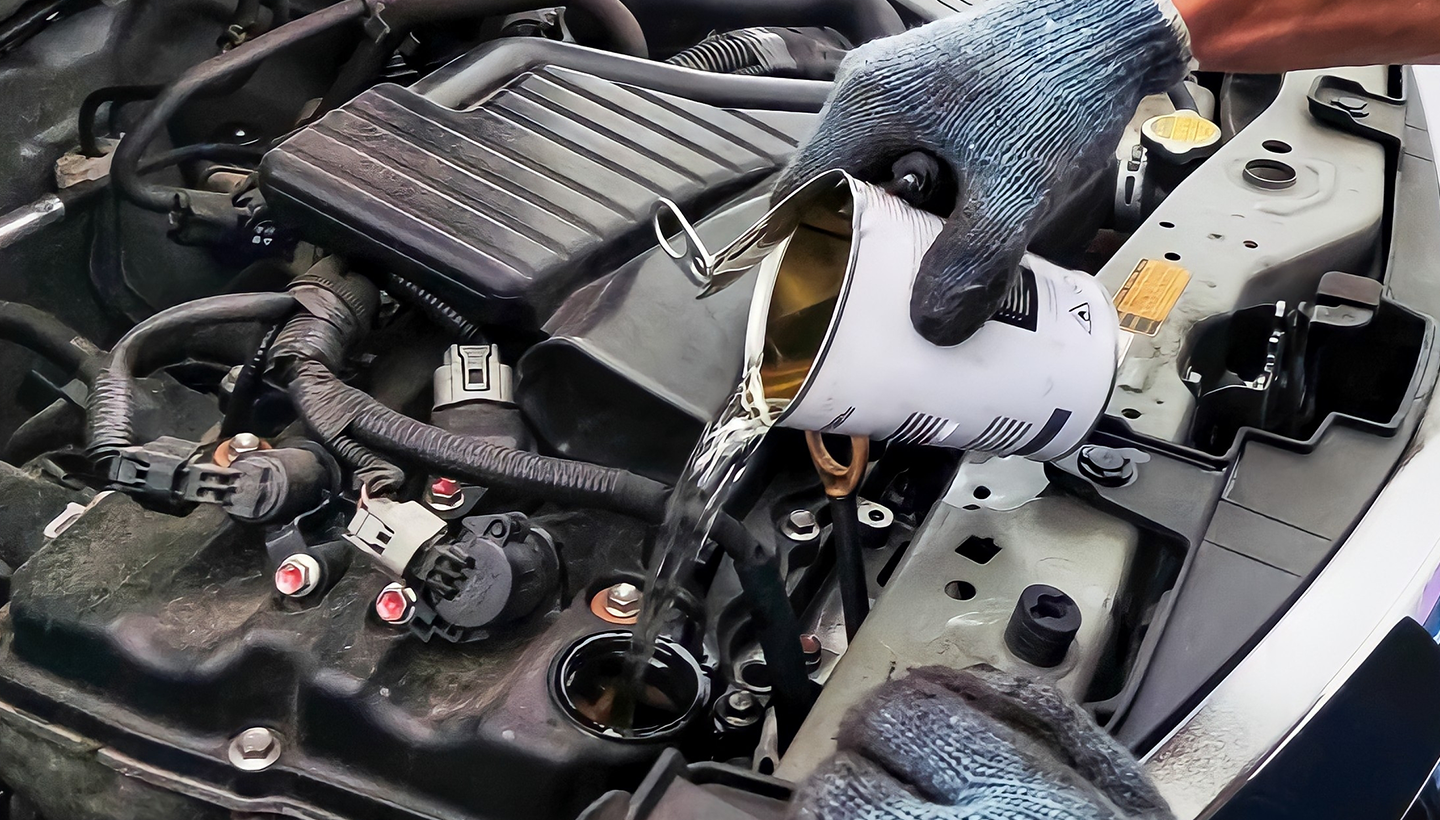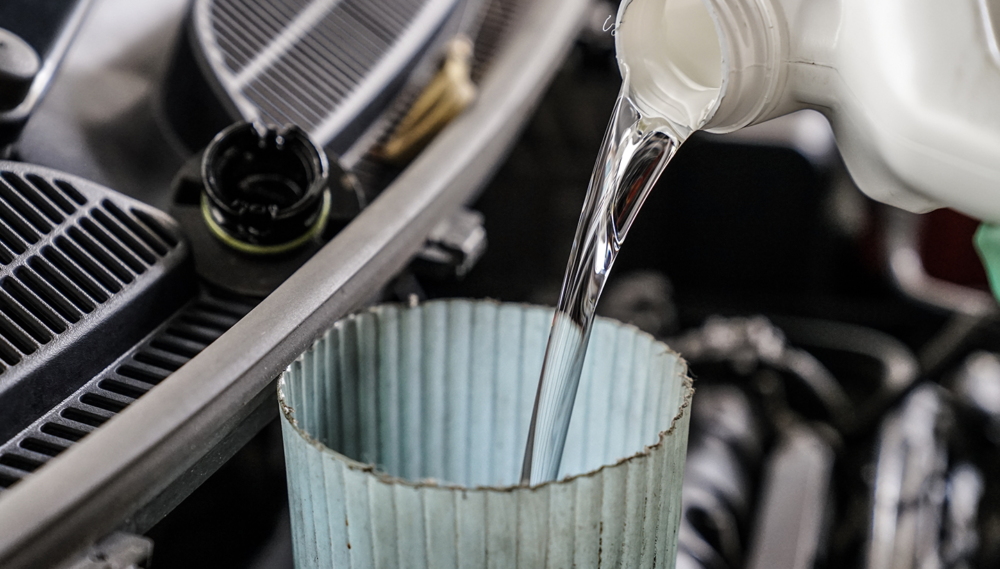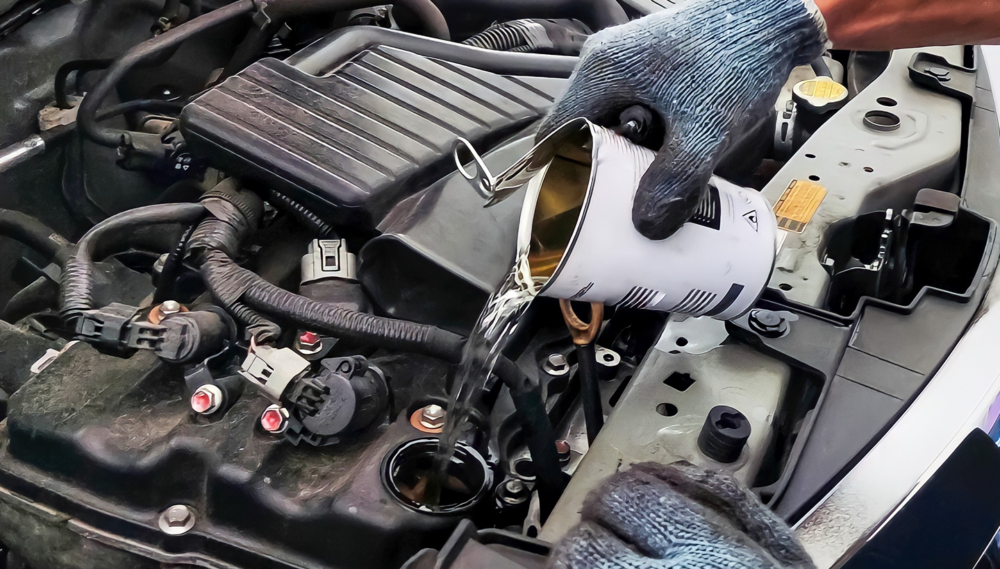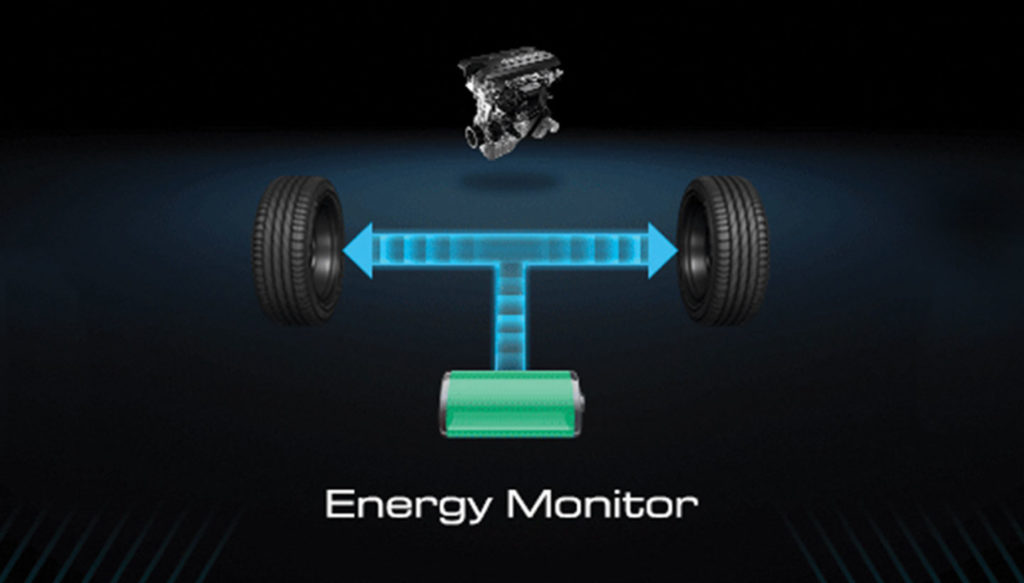Engine Flush for Cars: Functions and How to Choose and Use It


Did you know that properly caring for your car's engine can extend its life and improve its performance? One crucial step in engine maintenance is using an engine flush.
An engine flush is one of the products used for car engine maintenance. Its function is to clean up the dirt or deposits that accumulate inside the engine compartment. An engine flush is typically a liquid poured into the engine oil tank before an oil change. With engine flushing, your car's engine can operate more efficiently and last longer.
However, this liquid is not recommended for frequent use. Before using engine flush, there are some things you need to know. In this article, we will delve into the car engine flush, covering everything from its definition to how to choose and use it correctly.
What Is an Engine Flush?
An engine flush is a specific liquid product used for cleaning a car's engine. It is added to the engine oil before an oil change. The benefits of using an engine flush include dissolving dirt or deposits that adhere to the engine's interior, such as carbon, crust, sludge, or metal.
These contaminants can impede the performance of your car's engine and lead to various issues, such as rough sounds, overheat car, high fuel consumption, or even engine damage. By using an engine flush, these contaminants can be lifted and removed along with the old oil during an oil change.
Is engine flushing safe for a car's engine? In reality, engine flushing can also be hazardous if used on an engine that already has serious problems, such as leaks, cracks, or wear and tear. It is not recommended to use engine flush too often, even if you use the best engine flush product. This is because engine flush can erode the protective layers on engine components, potentially causing corrosion or wear.
Baca Juga
Engine flushing is ideally performed every 5,000 to 10,000 kilometers. It can also be done when you notice signs that your car's engine needs cleaning, such as when the oil color begins to darken.
It's no wonder that there's a belief that engine flushing should be done with every oil change. Is this true? Performing an engine flush with every oil change aims to ensure that the oil volume in the engine matches the recommended amount, preventing an excess of oil in the engine.

Functions of Engine Flush in Cars
Using an engine flush in a car is not just about cleaning engine deposits. There are more extensive functions of car engine flushing. What are they? Here are some important functions of engine flushing in cars:
- cleaning the engine compartment of dirt or deposits that can reduce engine performance and efficiency.
- lubricating parts of the engine that are difficult to reach with regular oil, such as piston gaps, piston rings, valves, or oil channels.
- Engine flush liquid can also be used to clean and remove dirt from carbon and sludge in cars.
- preventing the formation of crust or rust on engine parts that can lead to corrosion or wear.
- extending the lifespan of the engine and its components by maintaining cleanliness and smooth oil circulation.
- saving costs on engine maintenance and repairs by preventing damage caused by dirt or deposits.
How to Use Car Engine Flush
Here are the steps you need to follow when using engine flush for your car:
- Ensure that the car's engine is cold, or at least not hot.
- Open the engine oil tank cap and pour the engine flush according to the manufacturer's recommended dosage. Typically, one bottle of engine flush is sufficient for a single oil change.
- Close the engine oil tank and start the car's engine for 10–15 minutes without turning on the AC or putting a heavy load on the engine with high acceleration. Let the engine flush work to clean the engine compartment from the inside.
- Turn off the car's engine and open the old oil drain plug underneath the car. Let the old oil and any dirt or deposits it carries drain out completely.
- Replace the old oil filter and pour new oil according to the specifications and capacity that match your car's type and condition.
- Close the old oil drain plug and the engine oil tank. Restart the car's engine and check for any leaks or other issues.
How to Choose the Best Engine Flush
Several factors should be considered when choosing the best engine flush for your car:
1. Match it with the type and condition of car's engine
Baca Juga
Choose an engine flush that matches your car's specifications, such as gasoline or diesel, turbo or non-turbo, or injection or carburetor. Also, choose an engine flush that suits your car's condition, whether it's new or old, clean or dirty, or normal or problematic.
2. Pay attention to the composition and quality of engine flush
Choose an engine flush that is safe and of high quality. Ensure it doesn't contain harmful substances, isn't too acidic or basic, doesn't contain overly strong detergents or solvents, and doesn't contain rough particles that could scratch engine components.
3. Consider the brand and reputation of engine flush
Choose an engine flush from a well-known brand with a good reputation in the market. You can seek references from user reviews or recommendations from professional mechanics.
4. Take into account the price and availability of engine flush
Choose an engine flush that fits your budget and offers the quality you need. Don't be tempted by excessively low prices, as they may indicate low-quality or counterfeit products. Additionally, choose an engine flush that is readily available at your nearest spare parts store or online.

Risks and How to Prevent Incorrect Use of Engine Flush
Engine flushing can also be risky if used incorrectly. Therefore, it's crucial to use it wisely on your vehicle. Here are some dangers and ways to prevent incorrect engine flush use:
1. Avoid using cars with serious issues
Engine flushing can dislodge particles that block gaps in an engine with serious problems, such as leaks, cracks, or wear and tear. This can worsen the damage and cause oil leaks, overheating, or even engine failure. To prevent this, check your car's engine condition before using an engine flush. If your car's engine has serious problems, it's best not to use engine flush and instead take it to a mechanic for repairs.
2. Erosion of engine protective layers
Engine flush can erode protective layers on engine components, potentially causing corrosion or wear. This can reduce the engine's lifespan and quality. You can also lose your car's warranty if you use engine flushing too frequently. To prevent this, use an engine flush according to
3. Decreased engine performance
Engine flushing can damage engine parts if left in the car engine for too long. This can cause scale, rust, or new deposits that are more difficult to clean. You may also experience a decrease in the performance or efficiency of the car's engine.
To prevent this, follow the instructions for use provided by the engine flush manufacturer and ensure that the engine flush is completely clean from your car's engine before changing to new oil. You should also run your car's engine at low rpm for a few minutes after using an engine flush to remove any remaining dirt or deposits.
By using engine flush, you can maintain the health of your car's engine and improve its performance. However, remember that the use of engine flush should be done wisely, following the instructions on the packaging and the manufacturer's recommendations. Make sure to choose the best engine flush that matches your car's brand and model. With proper care, your car's engine will continue to run smoothly and last longer.
SHARE:





















